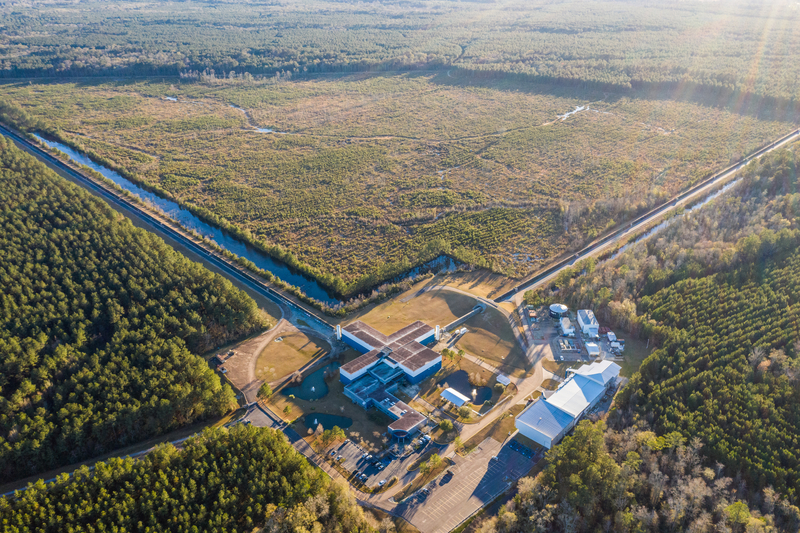
The government of India has approved the construction of a $320m observatory to detect gravitational waves from space to help answer fundamental questions about the universe, the SciTechDaily website reports.
Gravitational waves are caused by highly energetic events in deep space such as supernovae and the collision of binary neutron stars. The first such wave was detected in 2015.
Accurately detecting and interpreting waves requires a global network of specialist observatories that work together to identify which part of the universe they came from.
The Indian observatory fills a gap in that network, which currently consists of facilities in the US, Italy, and Japan.
‘Latest and best techniques’
It will be called LIGO-India, with the acronym referring to “laser interferometer gravitational-wave observatory”. It will be sited near the city of Aundha in the state of Maharashtra. India’s Atomic Energy and Science and Technology departments will build it.
Providing the expertise will be a collaboration between Caltech and MIT in the US and three Indian research bodies: the Raja Ramanna Centre for Advanced Technology in Indore, the Institute for Plasma Research Ahmedabad and the Inter-University Centre for Astronomy and Astrophysics Pune.
“We’ve worked very hard over the past few years to bring a LIGO detector to India,” said David Reitze, the executive director of the LIGO Laboratory at Caltech.
Rana Adhikari, a professor of physics at Caltech, added that the detector would “have all of our latest and best techniques incorporated from the get-go”.
Was Einstein right?
When complete by the end of the decade, LIGO-India will join LIGOs at Livingstone in Louisiana and Hanford in Washington State, which are operated by MIT and Caltech. Other detectors are the Virgo LIGO located near Pisa and the University of Tokyo’s KAGRA detector, near Nagoya.
The observatory consists of two interferometers, each 4km long, made up of 1.2m-wide steel vacuum tubes. These “marvels of precision engineering”, in the words of Caltech, are arranged in an L shape and are covered by a thick concrete enclosure. Lasers measure the movement of light in the tubes when a gravitational wave passes through.
Adhikari says the new detector will increase the global network’s sensitivity by an order of magnitude.
“This will greatly enhance our ability to answer fundamental questions about the universe, including how black holes form and the expansion rate of our universe, as well as to more rigorously test Einstein’s general theory of relativity,” he said.
Further reading:






